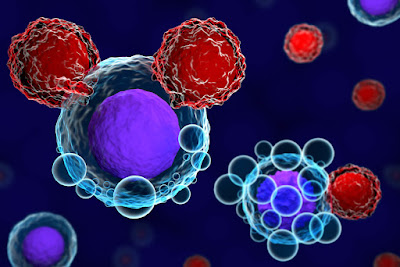Sevoflurane: An Ideal Inhalation Anaesthetic for Surgeries

Sevoflurane Sevoflurane is a widely used inhalation anesthetic for general anesthesia. It has certain properties that make it an ideal choice for carrying out surgical procedures smoothly. Physical and Chemical Properties Sevoflurane is a haloether that is clear, colorless, and nonflammable liquid at room temperature. Its chemical formula is C4H3F7O and molecular weight is 200. Its boiling point is 58°C which allows it to vaporize quickly from the vaporizer into the carrier gas. Some key physical properties that make it suitable for anesthesia include low solubility in blood and tissues, nonpungency, and negligible metabolism. These ensure a rapid onset and offset of anesthesia. Rapid Onset and Offset of Action Due to its low solubility, Sevoflurane produces anesthesia very quickly after inspiration. This property allows fast induction of anesthesia as the patient loses consciousness within 2-3 minutes of starting sevoflurane inhalation. Similarly, when administration is dis...



